Editor’s Note – The Pipeline Issue
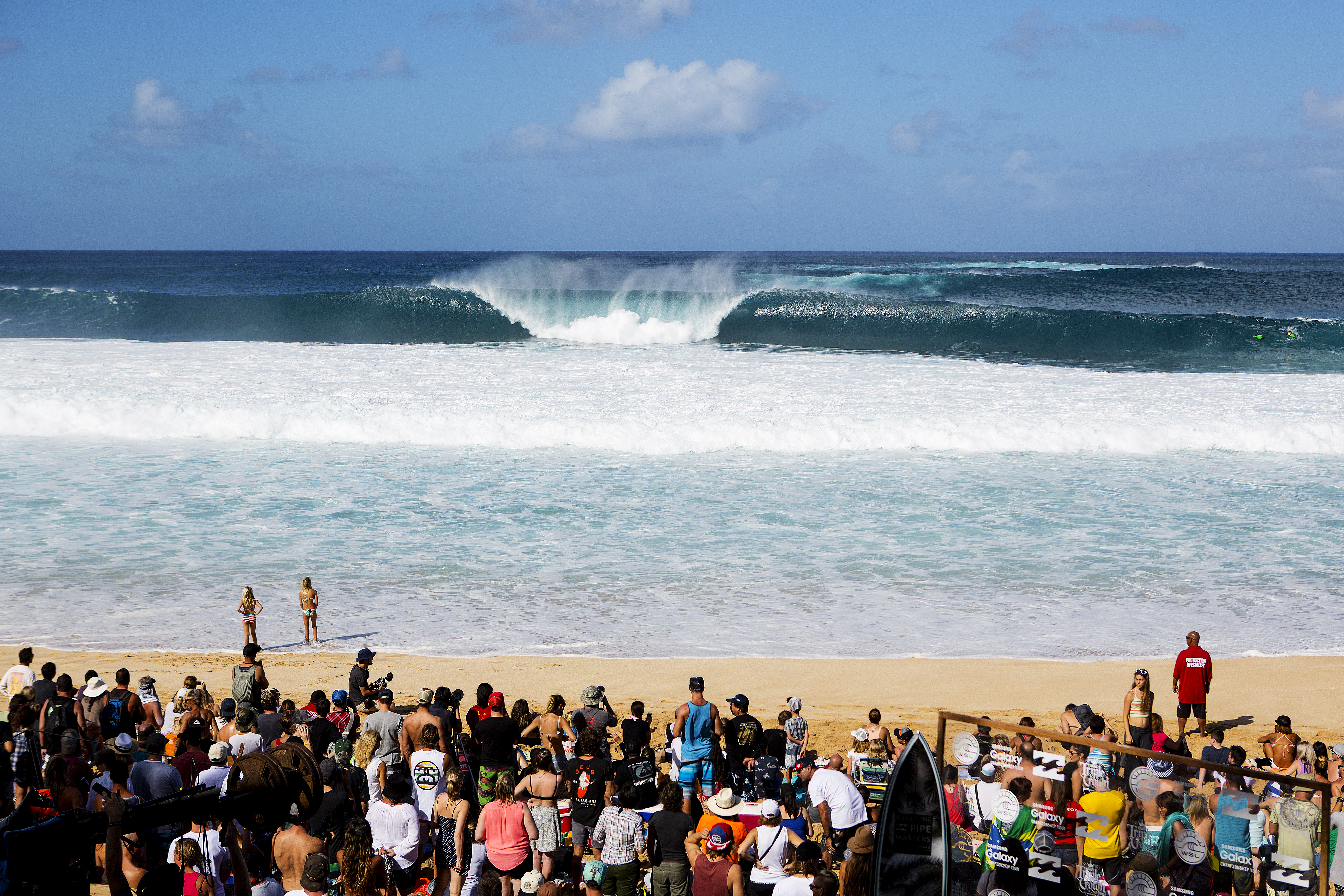
Fear. It’s a central part of the surfing experience, even if it’s seldom acknowledged. From pros to beginners, all who enter the water know what it’s like to encounter a situation beyond their abilities. We hope to overcome our jitters in that moment. But how?
For clues we turn in this issue to “Pipeline,” a Hawaiian wave on the North Shore of Oahu that is now at its most intimidating as Arctic storms roll south and mix with the tropical air of the Western Pacific. Pipeline presents countless perils, from its steep drop and treacherous lip to a cavernous mass of coral reef waiting just below the water’s surface. Surfers that survive those hazards submit to a whirling funnel of water and a shower of spray.
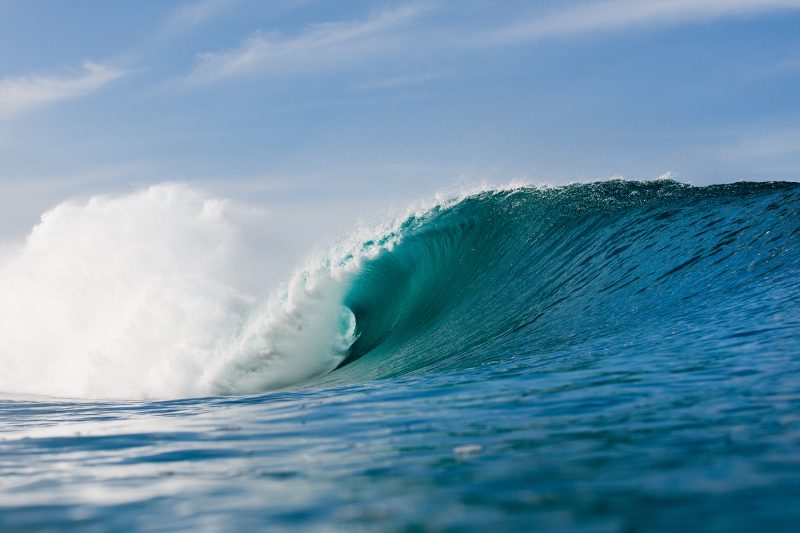
Pipeline. Photo: WSL
Twenty Magazine asked a group of accomplished surfers to share their first Pipeline experiences. What we learned is that all had to battle through terror. “Anyone who surfs Pipeline, if they tell you they’re not scared, they’re lying to you and they’re lying to themselves,” said Liam McNamara, a fiery Pipeline fixture of the 1990s. The first known woman to surf Pipeline, Joyce Hoffman, said of her first ride: “I was definitely afraid.”
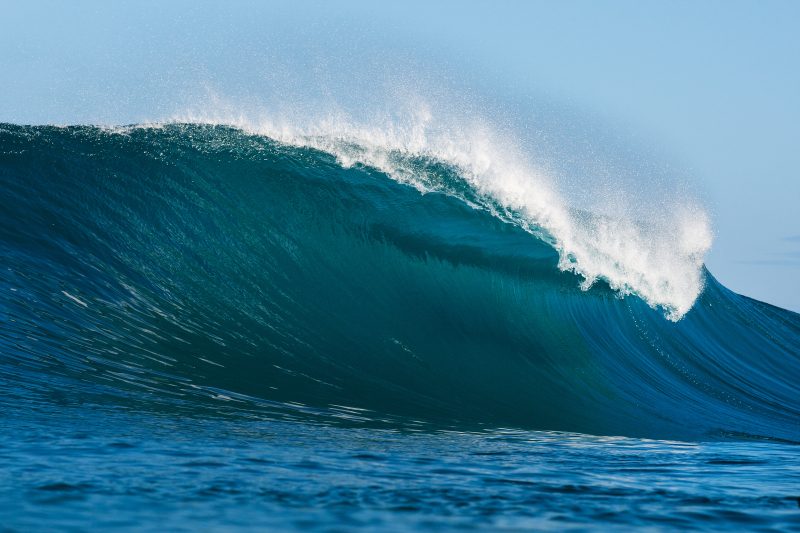
Backdoor, the name of the wave at Pipeline that breaks right. Photo: WSL
The solution – the same for pros as for beginners testing their local break – is practice, patience and commitment. For Kelly Slater, repeated exposure to Pipeline over a period of many years erased the fright of a first experience that ended with the future 11-time world champion pinned “on my back flat against the reef.” For Shaun Tomson, another world champion, “it wasn’t like you go out, you catch one wave and that’s it, you’ve conquered your fears. It took a few years to find my footing.”
We now have another opportunity to see how top athletes approach this challenge during the Billabong Pipe Masters, which offers a Super Bowl-style spectacle in the final pro surfing event of the year. Two-time world champion John John Florence, a North Shore local who grew up surfing Pipeline, is out of the contest with an injury and will have to watch as Brazilian Gabriel Medina goes for his second world title in four years. The competition between the two has the potential to be a rivalry to watch over the next decade.
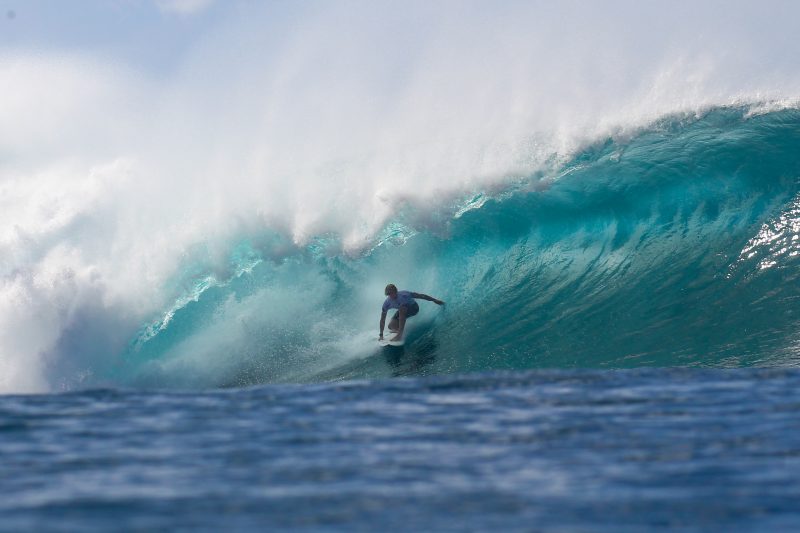
John John Florence, Pipeline. Photo: WSL
Pipeline presents countless perils, from its steep drop and treacherous lip to a cavernous mass of coral reef waiting just below the water’s surface.
There with his camera will be photographer Tom Servais, responsible for two Pipeline images that resonate with surfers 27 years after they were taken. We asked Servais to explain in his own words why these photos of a “cutback” and a “snap” are still so meaningful to so many who enjoy the sport. We also found 82-year-old Warren Harlow, whose house is so close to Pipeline its foundation sometimes vibrates from the force of the wave. Harlow talked to writer Alex Roth about his 54-year-long relationship with Pipeline’s frights and sights, including half a dozen rescues and the exploits of a 5-year-old Laird Hamilton.
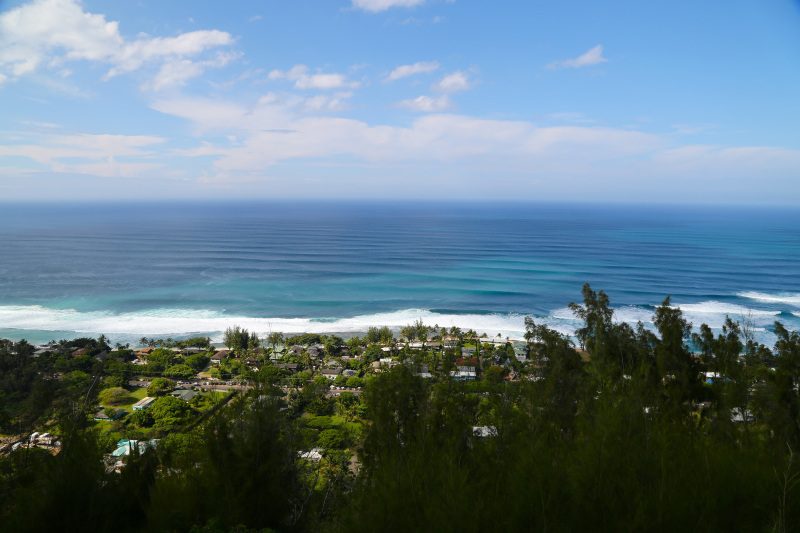
Pipeline from above. Photo: WSL
The dangers of Pipeline are real. Seven have perished there in the last three decades and countless others have been injured. Hawaiian Water Patrol’s Brian Keaulana said visitors often underestimate these hazards and as a result he sends them to the other end of Oahu, where the waves are more forgiving. But he understands Pipeline’s allure: “That’s what makes it so beautiful – the dangers.”
By Dan Fitzpatrick, editor